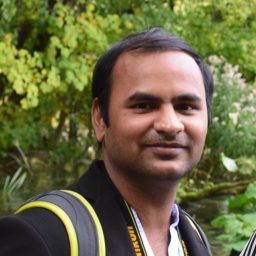Seminari
Monday 25/01/2021 @ 15:00, On-line - meet.google.com/sue-bwvk-axf
Bharat Gehlot (Arizona State University), "Peering at the Cosmic Dawn with current generation radio telescopes"
In recent years, studies of the astrophysical processes during the Cosmic Dawn and Epoch of Reionization have been at the forefront of cosmological research. Observations of the redshifted 21-cm hyperfine transition of neutral Hydrogen from these epochs promise to open a treasure trove of information; in particular about properties of the first stellar populations, accreting black holes and galaxies, the state of the Inter-Galactic Medium, and even possibly unveil entirely new (astro)physical phenomena such as baryon - dark matter interaction. The faint 21-cm signal from high redshifts is contaminated and distorted due to various astrophysical, instrumental and environmental factors that limit the capability of 21-cm cosmology experiments aiming to measure the 21-cm signal. However, the recent detection of the global 21-cm absorption feature (that is expected to occur during the Cosmic Dawn) by the EDGES collaboration may have changed this picture drastically. The reported feature is unusually stronger than standard astrophysical predictions and may require non-standard (astro)physics to explain the said feature. A deeper absorption feature will boost the 21-cm signal fluctuations during the Cosmic Dawn, making it possible to statistically detect these fluctuations with current generation telescopes such as LOFAR-AARTFAAC, NenuFAR, HERA and OVRO-LWA. I will provide an overview of the current status of these experiments and present the most recent power spectrum results from the AARTFAAC Cosmic explorer programme that we started to measure the 21-cm power spectrum from the Cosmic Dawn.

